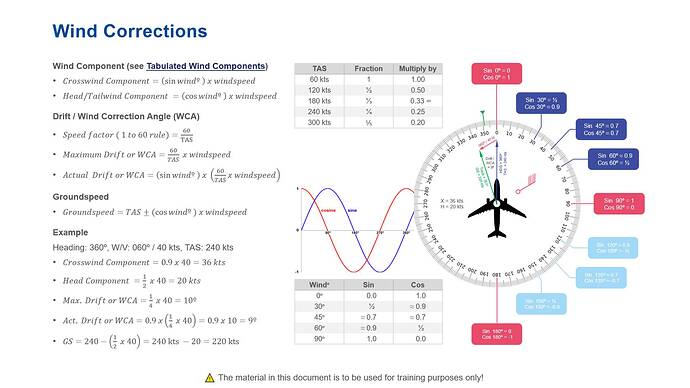Using the CDI, the official way is to make 10 degree steps from half scale to half scale. From full scale to center or center to full scale will result in a spiral inwards or outwards. You want to start on the arc, fly slightly in, pass abeam (CDI center) and then fly slightly out until back on the arc and then repeat. Hope that makes sense. You keep the heading 90 degrees to the CDI (no wind). RMI is indeed way easier, we didn’t have those on the aircraft I was instructing on.
You could also use the groundspeed indication based off the DME, I’m not sure if any MSFS aircraft had it though. Most conventional aircraft can give a groundspeed reading based on the DME rate of change, its only accurate flying directly towards or away from the station, during a DME arc it should stay zero as the rate of change is zero. Drawback using this technique is that if the groundspeed is showing something during the arc, you don’t know if you are flying towards or away from the station. Using the halfscale to halfscale technique you will see the groundspeed showing something, reduce to zero approaching abeam (CDI center) then increase until halfscale when making the next 10 degree heading change it reduces again. Its a nice tool to crosscheck using the CDI method. Again, no clue if any of the MSFS planes has it, maybe the steamgauge C172?
You can calculate the distance to intercept as follows: a 90 degree intercept will be 30 seconds when flying rate-one. 60 kts = 1nm/min, 120 = 2 and so on. So when flying at 120 kts, you have to start intercept around 1 nm out. Its not entirely accurate as you turn away from the beacon so its a little early normally but it gives some rough estimate and you can reduce bank when the DME decreases too slowly. You could do the same calculating when to leave the arc when there is no lead radial. Know that 1 degree at 60 nm equals 1nm. Since your example is a 20 nm arc, 1 degree will equal 0,3 nm, so again with 120 kts groundspeed you’ll need to leave the arc approximately 3 degrees (= 1nm) before in order not to overshoot the ILS.
Its not an exact science so you don’t really have to calculate to the degree or 0.1 nm accurate, but some understanding and rules of thumb would help in giving some rough estimates. Eventually you won’t really need to calculate anything and roughly know when to turn taking into account ground speed. Same applies to wind corrections, it may seem very theoretical and only for the mathematical inclined amongst us, with some practice you will be able to estimate your wind correction needed. I did try to summarize wind corrections onto one page when I was an instructor:
Simply speaking you need to memorize the fraction depending on TAS, 60 = 1, 120 = 0.5 etc. (flying faster means the wind has less effect) multiply this by the windspeed and you know the maximum wind correction angle. Then you need to remember the sin of 30 degrees, 45 degrees and 60 degrees.
-
The first step involves calculating the maximum Wind Correction Angle (WCA), this is done by multiplying the before mentioned speed fraction by the windspeed. So if the wind speed is 20 kts and the TAS is 60 kts maximum WCA = 1 x 20 = 20 degrees, for 120 kts WCA = 0.5 x 20 = 10 degrees etc. You now know already 2 things, if the wind is directly from the nose or tail the WCA = 0 degrees, if the wind is directly cross the WCA = maximum (10 degrees in our example).
-
If the wind is from any other direction you’ll need to apply a correction for that, knowing that if the wind is 30 degrees from the nose or tail it will be 0.5 x maximum WCA, 45 degrees is 0.7 x WCA, 60 degrees = 0.9 x WCA. So in our example of 120 kts TAS and 20 kts windspeed:
-
Maximum WCA = 0.5 x windspeed = 10 degrees
-
0 degrees (head / tail wind) = 0 degrees WCA
-
30 degrees = 5 degrees WCA
-
45 degrees = 7 degrees WCA
-
60 degrees = 9 degrees WCA
-
90 degrees (crosswind) = 10 degrees WCA
Luckely thats all the mathematics involved for basic IFR flying, and most of it is just guess work anyway ![]() .
.
(Former Instrument Rating Instructor)
